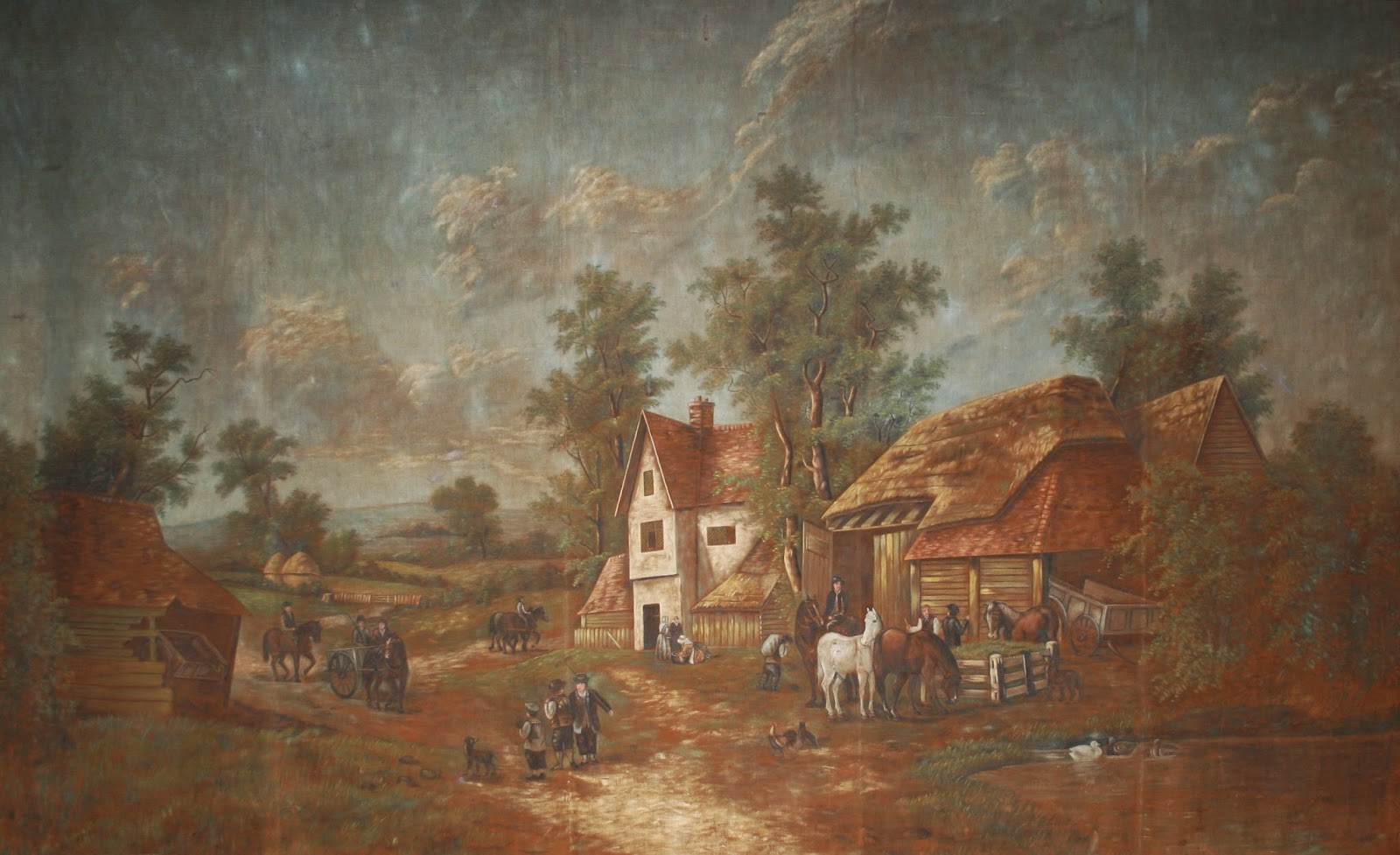- Watch the temperature and relative humidity of your storage/display area. You do not want large fluctuations in either; temperature should be between 65 and 70 degrees F, and RH should always be below 50%. The chart below illustrates the ideal conditions for the safe-keeping of artifacts.
- Direct light is a NO-NO! Keep your items out of the light. Light damage is accumulative and irreversible. "No light" is therefore the best possible environment, especially for your paper, textile and upholstered items.
- Use acid-free materials to support and store your collection.
If the only thing you can do is the three items listed above, it is a great start! The recommendation of the above three items is always followed with the next three questions:
- How in the world do I determine relative humidity?
- What can I cover my windows with? OR is there a UV protecting glass I can use?
- What is "Acid Free"?
As luck would have it, there is an answer for each of these questions.
- Relative Humidity, temperature, and light exposure can be determined quite easily and with no great expense using a HOBO data logger. If that is just way more than you think you need, then just keep in mind the guidelines above: between 65 and 70 degrees F and below 50% humidity.
- Cover your windows with curtains or light blocking/filtering shades or light blocking/filtering cling-style window films. Cover your lights with diffusers. And use UV filtering plexiglass on your framed artifacts. And if you want to measure what kind of light a particular room or area is receiving, you can use British Wool Fading Cards to determine that. Bottom line = Light is bad!
- An in-depth discussion about Acid Free materials can be found in our October 2013 blog entry entitled: "What is Acid Free?"
ALA, the American Library Association reports that after the first comprehensive national survey in 2005 of the condition and preservation needs of the nation's collections, "it was reported that U. S. institutions hold more than 4.8 billion library items. Libraries alone hold 3 billion items (which represent 63% of the whole). A treater trove of uncounted additional items is held by individuals, families, and communities. These collections include books, manuscripts, photographs, prints and drawings and objects such as maps, textiles, paintings, sculptures, decorative arts, and furniture, to give a sample. They include moving images and sound recordings that capture performing arts, oral history, and other records of creativity and history. Digital collections are growing fast, and their formats quickly become obsolescent, if not obsolete".
The survey showed that, "some 630 million items in collecting institutions require immediate attention and care. Eighty percent of these institutions have no paid staff assigned responsibility for collections care; 22 percent have no collections care personnel at all. Some 2.6 billion items are not protected by an emergency plan. As natural disasters of recent years have taught us, these resources are in jeopardy should a disaster strike. Personal, family, and community collections are equally at risk."
And because of these statistics and the survey information, Preservation Week was born. Libraries and cultural heritage institutions are encouraged to use Preservation Week to connect with their local communities "through events, activities, and resources that highlight what we can do, individually and together, to preserve our personal and shared collections." If you couldn't attend a presentation in your community or anywhere else, here is a youtube link to ALA's past "Preservation Week" presentations, covering various topics on how to care for your collection.
Of course, if in doubt about the way you are caring for (or storing) an item, or a collection, contact us! We are happy to help. And if you think your item or collection falls into that category of the "630 items that require immediate attention and care," contact us sooner than later.
_____________________________
Gwen Spicer is an art conservator in private practice. Spicer Art Conservation specializes in textile conservation, object conservation, and the conservation of works on paper. Gwen's innovative treatment and mounting of artifacts is unrivaled. To contact her, please visit her website.
Gwen Spicer is an art conservator in private practice. Spicer Art Conservation specializes in textile conservation, object conservation, and the conservation of works on paper. Gwen's innovative treatment and mounting of artifacts is unrivaled. To contact her, please visit her website.












